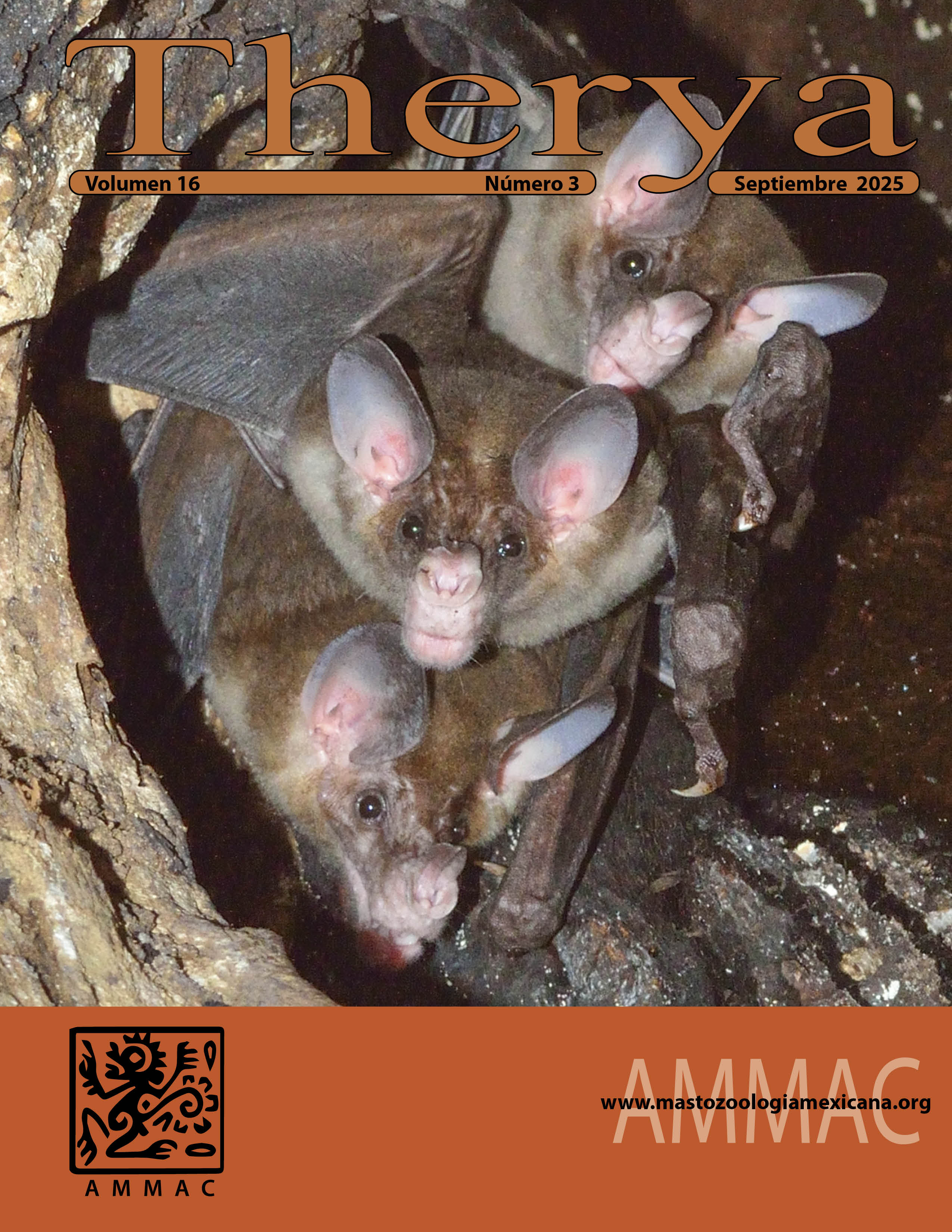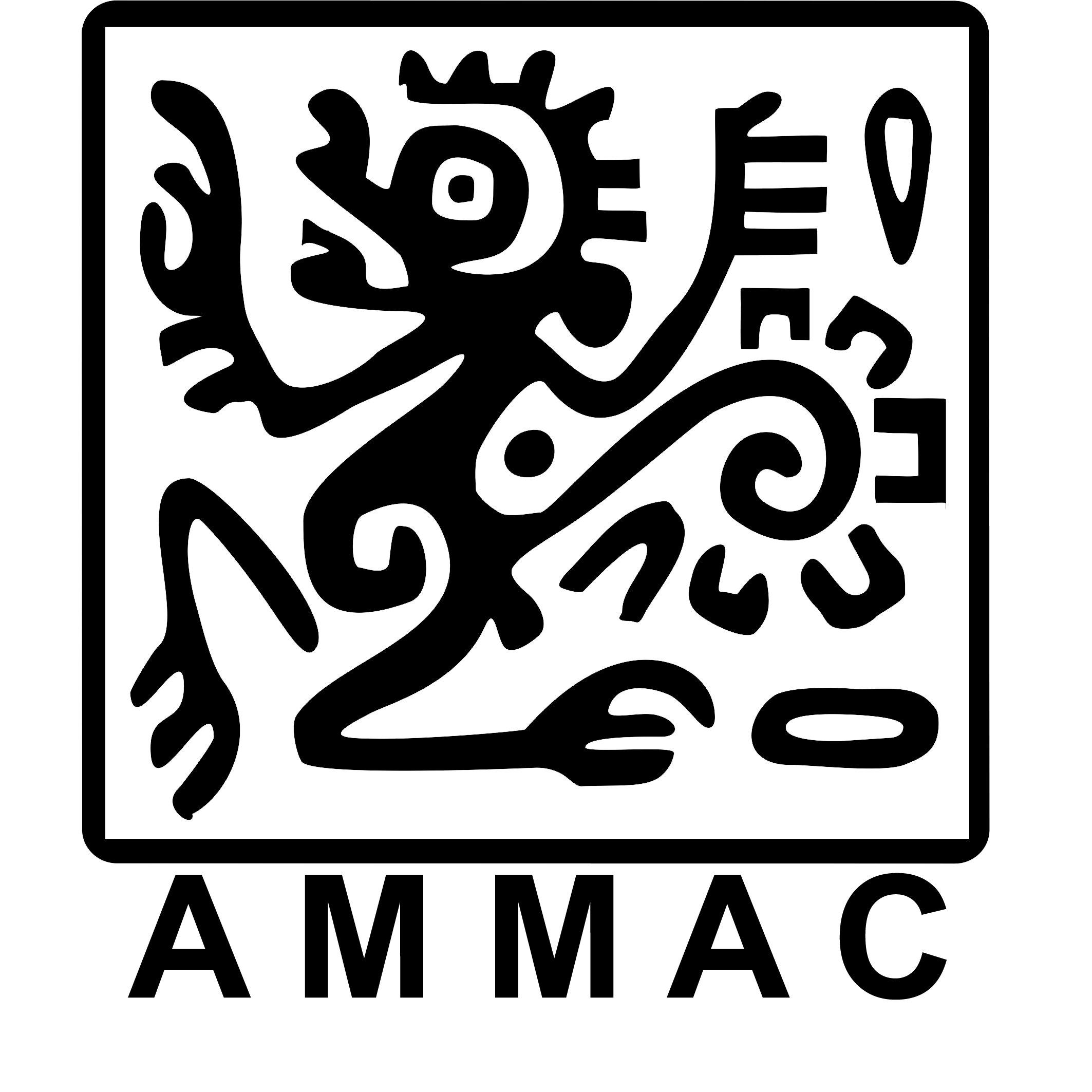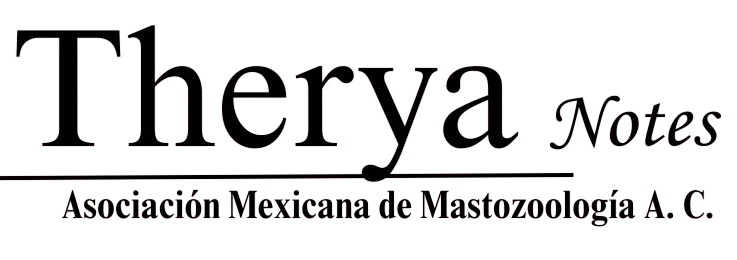Neotropical insectivorous bats adjust echolocation calls in response to vegetation structure
DOI:
https://doi.org/10.12933/therya.2025.6208Keywords:
Audiomoth, functional diversity, habitat filtering, plant structural complexity, savannasAbstract
Echolocation is a crucial process in bat ecology, but it is influenced by different biotic and abiotic factors. The structural complexity of the vegetation can filter which species can be part of an assemblage because bats have to modify the spectral and temporal parameters of their echolocation calls. We evaluated how insectivorous bats modulate their echolocation calls among sites that vary in vegetation structural complexity in the Llanos of Colombia in three habitats. We used canonical correspondence analysis (CCA) to correlate vegetation variables per plot with the spectral and temporal variables of the echolocation signals from bats using those habitats. We found that delta frequency and delta time had the greatest variability in relation to the percentage of tree cover and diameter at breast height. Our results indicate that pulses, in terms of frequency and time, tend to fluctuate more in cluttered habitats. We then selected the two species with the highest number of recordings (Saccopteryx bilineata and Neoeptesicus cf. furinalis) and compared spectral and temporal variables among sites. For Neoeptesicus cf. furinalis showed a predictable behavior: pulses were shorter, and more frequency modulated in highly cluttered habitats. However, and contrary to our expectations, the pulses of Saccopteryx bilineata tended to be longer and with a smaller frequency modulated component in highly cluttered habitats. These results demonstrate that bats modulate their echolocation calls in different ways according to the structure of vegetation. Modulation of echolocation has important implications for sensory ecology and bat composition in tropical landscapes.
Downloads
Additional Files
Published
How to Cite
Issue
Section
License
THERYA is based on its open access policy allowing free download of the complete contents of the magazine in digital format. It also authorizes the author to place the article in the format published by the magazine on your personal website, or in an open access repository, distribute copies of the article published in electronic or printed format that the author deems appropriate, and reuse part or whole article in own articles or future books, giving the corresponding credits.










